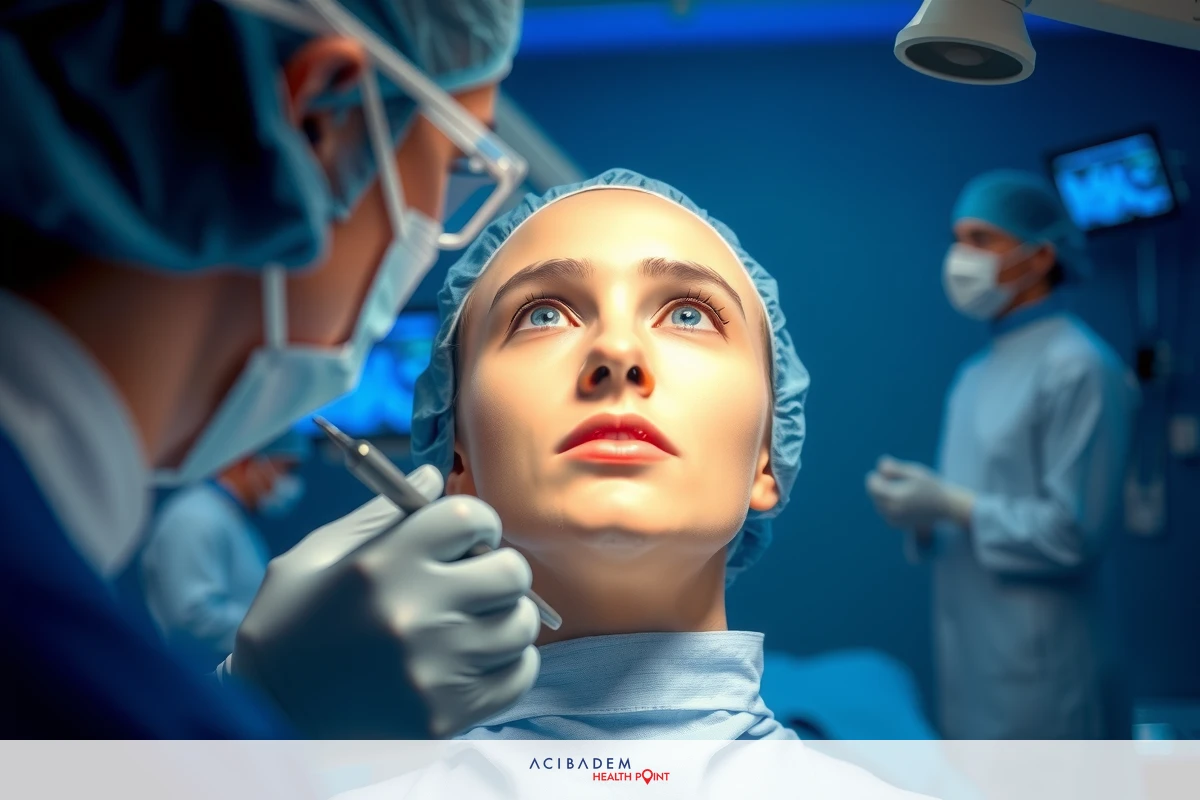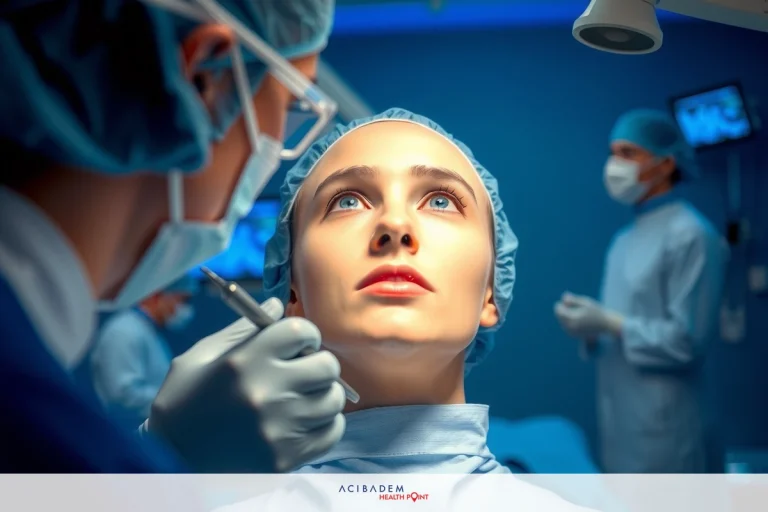Are You Intubated for Rhinoplasty?
Are You Intubated for Rhinoplasty? In the realm of plastic surgery, rhinoplasty often sparks numerous queries – one being related to the use of intubation during this procedure. Does it become a necessity? How does anesthesia play its part? These are just some questions that hover around in the minds of those considering undergoing nose reshaping.
Understanding intubation and its role in rhinoplasty can indeed be complex. It’s a process involving the insertion of a tube through the mouth into the airway, frequently used during surgical procedures requiring general anesthesia. While its mention might raise eyebrows linked with anxiety among prospective patients, knowledge is power – comprehending what to expect helps alleviate fears.
The journey from pre-operative preparation to post-operative recovery is not merely about physical transformation but also encompasses several layers of psychological impacts too. From anesthesia options and their implications on intubation to understanding how recovery after being intubated unfolds – every bit contributes towards making an informed decision about going under the knife for rhinoplasty.
What is Intubation?
Intubation, a term often thrown around in medical parlance, might seem intimidating to those unfamiliar with its implications. In simple terms, it refers to the process where a tubeknown as an endotracheal tubeis inserted through the mouth and into the airway. This procedure is commonly performed during surgeries that require general anesthesia.
The application of intubation in rhinoplasty serves multiple purposes. Primarily, it ensures an open pathway for ventilation or mechanical breathing during surgery under general anesthesiaa state where all sensations, including pain and awareness of surroundings are temporarily blocked out. It also prevents any accidental aspiration of foreign matters into the lungsan important consideration while operating on facial structures like nose.
While we have briefly touched upon what intubation entails and why it’s needed in rhinoplasty, one must understand this isn’t always necessary for every patient undergoing this procedure. The decision hinges upon several factors such as individual health conditions or surgeon preference among othersa testament to how personalized medical procedures can be! The spectrum ranges from local anesthesia (where only a specific part is numbed) to sedative-induced sleep without intubation or using full-fledged general anesthesia with intubation.
In conclusion, delving deeper into concepts like intubation demystifies the complex world of surgical procedures such as rhinoplasty. A better understanding equips potential patients with knowledge empowering them to make informed decisions about their healthcare journey.
Anesthesia Options
An important aspect of any surgical procedure, including rhinoplasty, is the choice of anesthesia. It plays a crucial role in ensuring patient comfort and safety throughout the surgery. The selection usually depends on several factors such as the complexity of the surgery, patient’s health condition, surgeon’s preference, and occasionally even patients personal preference.
The world of anesthesia offers a range to choose from – local anesthesia, sedation with or without intubation and general anesthesia are some common options seen for rhinoplasty:
Local Anesthesia: Used for minor procedures where only specific regions need numbing. This option does not involve intubation.

Sedation Without Intubation: Also known as monitored anesthesia care (MAC), it induces a sleep-like state while avoiding complete unconsciousness like in general anesthesia. Breathing remains spontaneous without needing an endotracheal tube.
Sedation With Intubation: A deeper level compared to MAC where patients remain oblivious to surroundings but breathing assistance through intubation becomes necessary due to administration of heavier doses of sedatives. General Anesthesia: Induces complete unconsciousness during which patients feel no pain or awareness at all. Intubation is typically performed under this type for airway protection.
Each method has its own advantages and considerationsthus it requires careful deliberations among medical professionals before zeroing down on one that suits best for each individual undergoing rhinoplasty. Being aware allows prospective patients too to have meaningful conversations about their upcoming procedure!
Recovery After Intubation
The path to recovery post-rhinoplasty, especially for those who had intubation during the surgery, can be a journey of its own. It’s often interwoven with several aspects – physical healing, dealing with side effects from anesthesia and intubation, psychological adjustments to new facial aesthetics and more.
Post-operative discomfort in throat due to intubation is not uncommon among patients. Experiences may vary – some describe it as mild soreness or dryness while others report hoarseness in voice lasting few hours to couple of days after surgery. Usually simple measures like staying well hydrated by drinking enough fluids or using throat lozenges provide relief. However, persistent symptoms warrant medical attention as they could indicate complications needing prompt intervention.
Apart from these immediate experiences related directly with intubation, the overall recovery process also intertwines other dimensions such as handling swelling and bruising around nose which typically resolves over weeks following rhinoplasty; managing pain through prescribed analgesics; taking care of surgical site by cleaning and applying medications timely; monitoring for signs of infections etc., all under guidance from healthcare professionals involved in your care.
Crucially though patience becomes an essential virtue during this phase! Every individual heals at their own pace rushing might only delay progress further. Staying positive equipped with knowledge about what to expect helps immensely in sailing smoothly towards complete recovery after being intubated for rhinoplasty.
Are You Intubated for Rhinoplasty?: Frequently Asked Questions
Is intubation always necessary during rhinoplasty?
Not necessarily. The requirement of intubation depends on various factors such as the complexity of the surgery, overall health status of the patient, and even surgeon's preference. It is generally used in cases where general anesthesia is administered.
What are some possible side effects after being intubated for rhinoplasty?
Commonly reported side effects post-intubation include throat discomfort ranging from mild soreness to dryness or hoarseness in voice which usually resolves within few days. Persistent symptoms should be brought to medical attention promptly.
How long does recovery take after a rhinoplasty procedure involving intubation?
Recovery time can vary greatly depending on individual health conditions and response to surgery. While physical discomfort from intubation usually subsides within a few days, complete healing post-rhinoplasty including resolution of swelling and bruising could span over weeks.
Can I eat or drink immediately after being extubated following my rhinoplasty procedure?
Post-operatively, its important to gradually introduce oral intake starting with clear liquids under guidance from your healthcare provider. This ensures that you do not risk aspiration or choking while your reflexes are still recovering from anesthesia.











